In our October 17, 2024, issue, Beatrice Radden Keefe takes us to the island of Reichenau, on Lake Constance in the southwest of Germany, where 1,300 years ago it is said that the bishop Saint Pirmin founded a Benedictine monastery. In its prime, the abbey was a hotbed of creative and intellectual activity, producing illuminated manuscripts that are today some of the most important artifacts of the Middle Ages. In honor of this anniversary, the Baden-Württemberg State Archaeological Museum in Konstanz is hosting an exhibition of the manuscripts, as well as other fragments—incense burners, bells, stained glass—from the period. “We see Reichenau as a bright center of power, privilege, and learning, with strict internal routines and far-flung networks,” writes Radden Keefe. “Donations of land from royals and nobles allowed the monastery’s reach to expand far beyond the island, and the riches extracted from these lands funded building works on Reichenau. Around 995 the monk Purchard describes an island covered with churches as the night sky is ornamented with stars.”
Radden Keefe is an art historian, focusing in particular on medieval manuscripts and the reception of antiquity in the medieval period. In addition to her scholarly work, which includes the book The Illustrated Afterlife of Terence’s Comedies (800–1200), she writes a newsletter on Substack, where she covers subjects ranging from dogs in the Old Masters’ paintings to glass portraits in antiquity, Wayne Thiebaud, and the books that appear in contemporary paintings.
We e-mailed this week about the current misconception of “wackiness” in the Middle Ages and the pleasures of museums.
Lauren Kane: What attracted you to art history, and the medieval period in particular, as an academic discipline?
Beatrice Radden Keefe: I grew up in a house with a fading print of a page from the seventh-century Book of Durrow, which showed the Evangelist symbol for Matthew: a man with big hair and a checkered cloak. As a child I just assumed the picture of Matthew was of my mother (she wore a similarly funky coat in 1980s Boston). Perhaps it was this conflation more than anything that drew me to medieval art history and manuscripts in particular—although I’m not sure what it says about my innate iconographical talents.
After moving to Switzerland almost a decade ago, my own idea of integration has been to get to know the work of its not-anonymous, post-medieval artists, from the eighteenth-century painter Caspar Wolf to the contemporary Caroline Bachmann.
What are some of the misconceptions we have today about the Middle Ages?
There is possibly too much emphasis on the “wackiness” of medieval life and thought. How easily we chortle at the goings-on in the margins of Gothic manuscripts, as if the pages were meant only to be silly. When removed from these borders and used for online laughs, the satirical medieval ape—courting or flashing or worse—loses some of its bite. (I might like to write about the Internet’s use of this marginalia one of these days.) In Walafrid Strabo’s ninth-century poem Hortulus or the revenge comedy Dulcitius by Hrotsvit of Gandersheim, a tenth-century poet and canoness, the writers engage with the distant past and its canon (Virgil for Walafrid, Terence for Hrotsvit) and bring it meaningfully into their present. We might learn from them.
What I hope my essay conveyed is how supremely well-connected powerhouses like Reichenau actually were, despite all the rules of the cloister that were meant to keep the world at bay.
Illuminated manuscripts are a hallmark of medieval art. Gorgeous as they are, I do find that, especially when exhibited all in a vitrine and taken in one after the other, they can start to feel daunting and repetitive. Have you had that experience? What are some entry points through which a novice viewer could begin to appreciate illuminated manuscripts?
I do know what you mean. Manuscripts are a real challenge to display—viewing only two pages of a book can make for a somewhat unsatisfying experience. At the Reichenau exhibition, I began to envy the illustrated monks holding all those codices! Museums now often give visitors a chance to look at more than a fixed double-page spread by providing digital versions of entire manuscripts. As wrong as it may seem to look at a reproduction when the manuscript is there in the room with you, these parallel encounters can help to give needed context.
Also, in the years since I began to study manuscripts, when I would get very muddled with fiddly and fuzzy microfilm, many useful resources have appeared online. The Walters, the Getty, and the Morgan all have websites that offer free access to facsimiles of their manuscripts. And Switzerland has the wonderful e-codices platform. Books that I discuss in my review, including the Hornbach Sacramentary and manuscripts from the Stiftsbibliothek in St. Gallen, can all be checked out there.
Obviously this is not the same as handling a manuscript, and there is of course nothing better than the real thing, which struck me again when I saw the gleam of the Petershausen Sacramentary for the first time in Konstanz. Still, these surrogates are a way to start to get to know a whole manuscript and to move through its pages wherever and whenever you like, as only collectors would have been able to do until recently. The British Library has started to make its digitized manuscripts available again after last year’s cyberattack, and we’ll soon get to see their fifteenth-century manuscript of the Commedia that the Liverpudlian newspaperman Henry Yates Thompson used to thumb through at home for his “morning bit of Dante.”
I confess I’ve been devouring your Substack, which is art historical and freewheeling. What sparks an idea for something to write about?
A few weeks ago I saw A Bigger Splash, the marvelous Jack Hazan film about David Hockney and friends, which repeats the artist’s statement: “I paint what I like, when I like, and where I like.” I suppose I wanted the same kind of freedom in my writing. I started the newsletter as a way to jump over my shadow and write about subjects on which I am very much not an expert and that I would like to know better than I do. I’ve pushed myself to be a bit loose in the essays, to let in anachronism and even attempts at humor (however often they might fail).
Tell us a bit about museumgoing: Do you prefer to wander through the galleries or do you first make your way to the big exhibitions? What curatorial qualities make for a successful exhibition?
I try to see everything that I can, from the crowded blockbuster show to the overlooked permanent collection. I’m interested in the history of museums, and I appreciate those that haven’t changed all that much over time—at one of my favorites, outside Zurich, the only nod to the wants of modern visitors is a self-serve coffee machine sitting quietly by the entrance.
I do find that I get most excited by small, tightly woven exhibitions. I recently saw a show in the Swiss city of Chur focusing on just a few eerie, lambent mountainscapes painted by Otto Dix after he lost his professorship in Dresden in 1933 and went to live in “inner emigration” at Lake Constance.
But it needn’t even be a museum. Only this year I went to look at the ninth-century paintings of the Creation in the wonderfully named “Crypt of Original Sin,” a cave in the Basilicata countryside. Following signs toward “Peccato Originale” was a bit disconcerting, but we got there in the end.

Beatrice Radden Keefe
The Basilica of Saints Peter and Paul at Reichenau Abbey, on Reichenau Island, Germany

Beatrice Radden Keefe
The Church of Saint George at Reichenau Abbey, on Reichenau Island, Germany

Beatrice Radden Keefe
The shore at Reichenau Island, Lake Constance, Germany
The island of Reichenau as it is today sounds lush and pastoral and wonderful, even without the monks churning out manuscripts. Would you be able to share some travel notes on what it was like to be on Reichenau? Was there anything that didn’t make it into your essay that you wish had?
Reichenau is a beautiful place. In my review, I didn’t mention that on a good day there are views of the Alps to the east, and of a strangely humpy volcanic landscape to the west. But I hope that I didn’t make the island sound too idyllic: producing as many tons of vegetables as they do there requires much hard labor.
Oh, I couldn’t find a place in the piece for a fourteenth-century wall painting in the Church of St. George—not of Christ’s miracles, but of two women talking in church as a demon records on a piece of cowhide: “I will write here / of these dumb women / What blah blah is here spoken….” Though I’m not always very good at taking notes or keeping a journal, I do like talking about what I’m seeing, whether in a museum or a cave or a church.


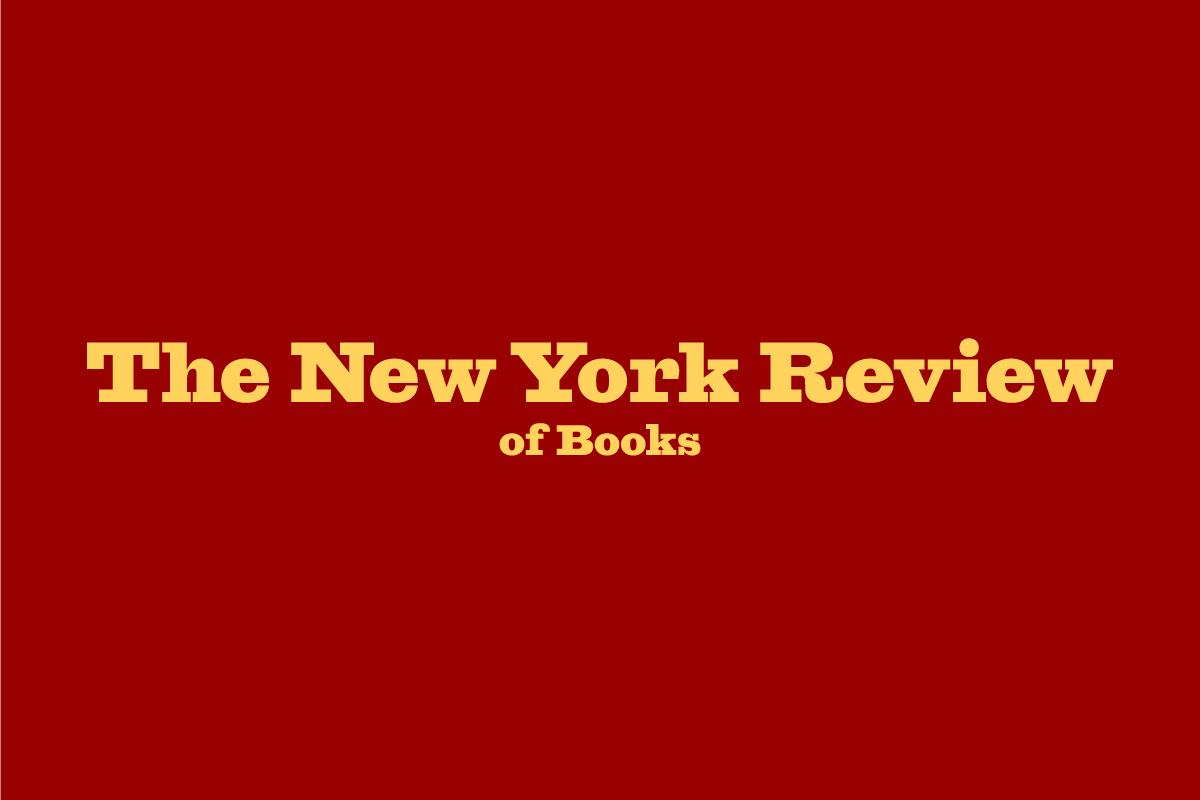
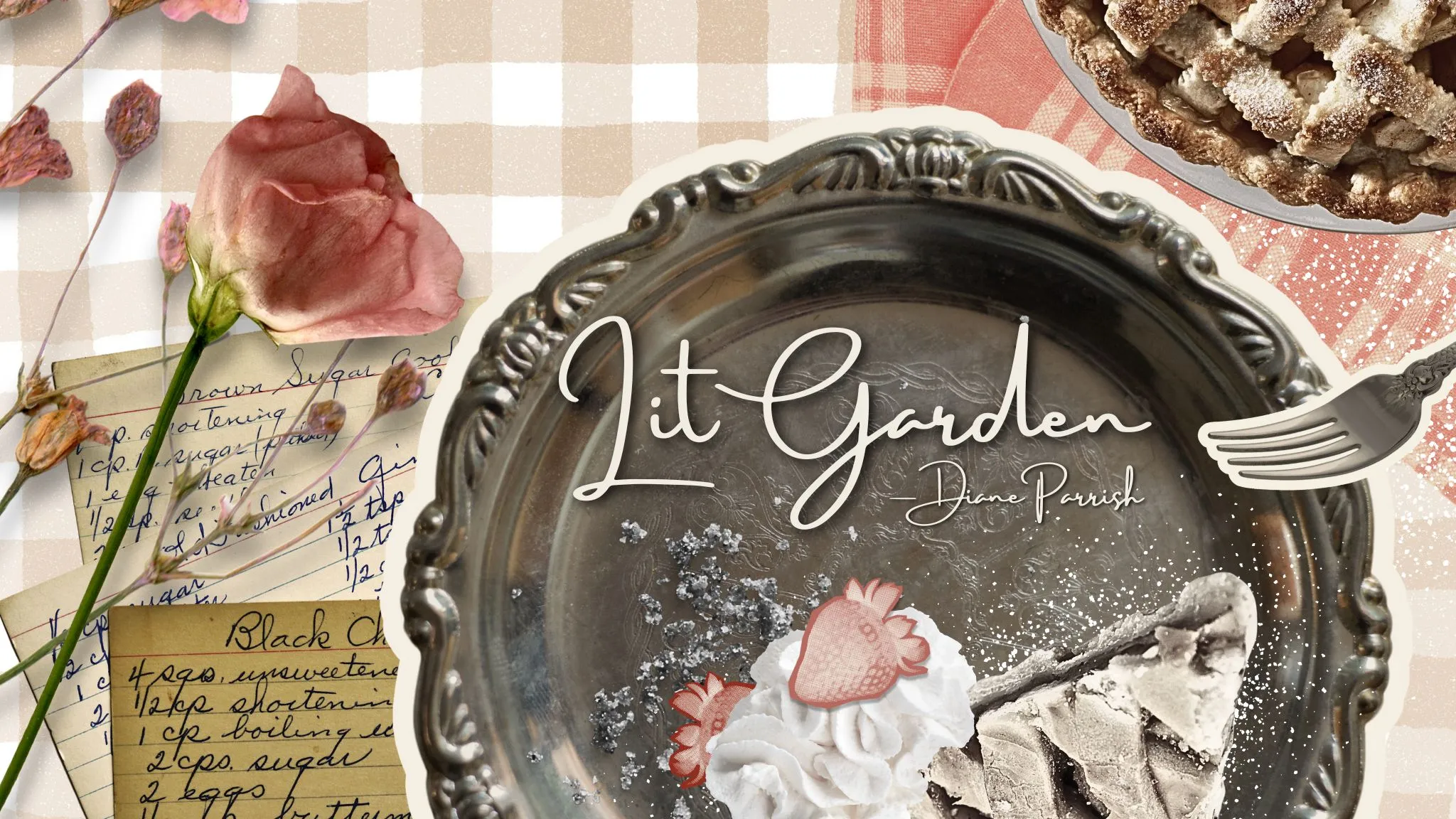
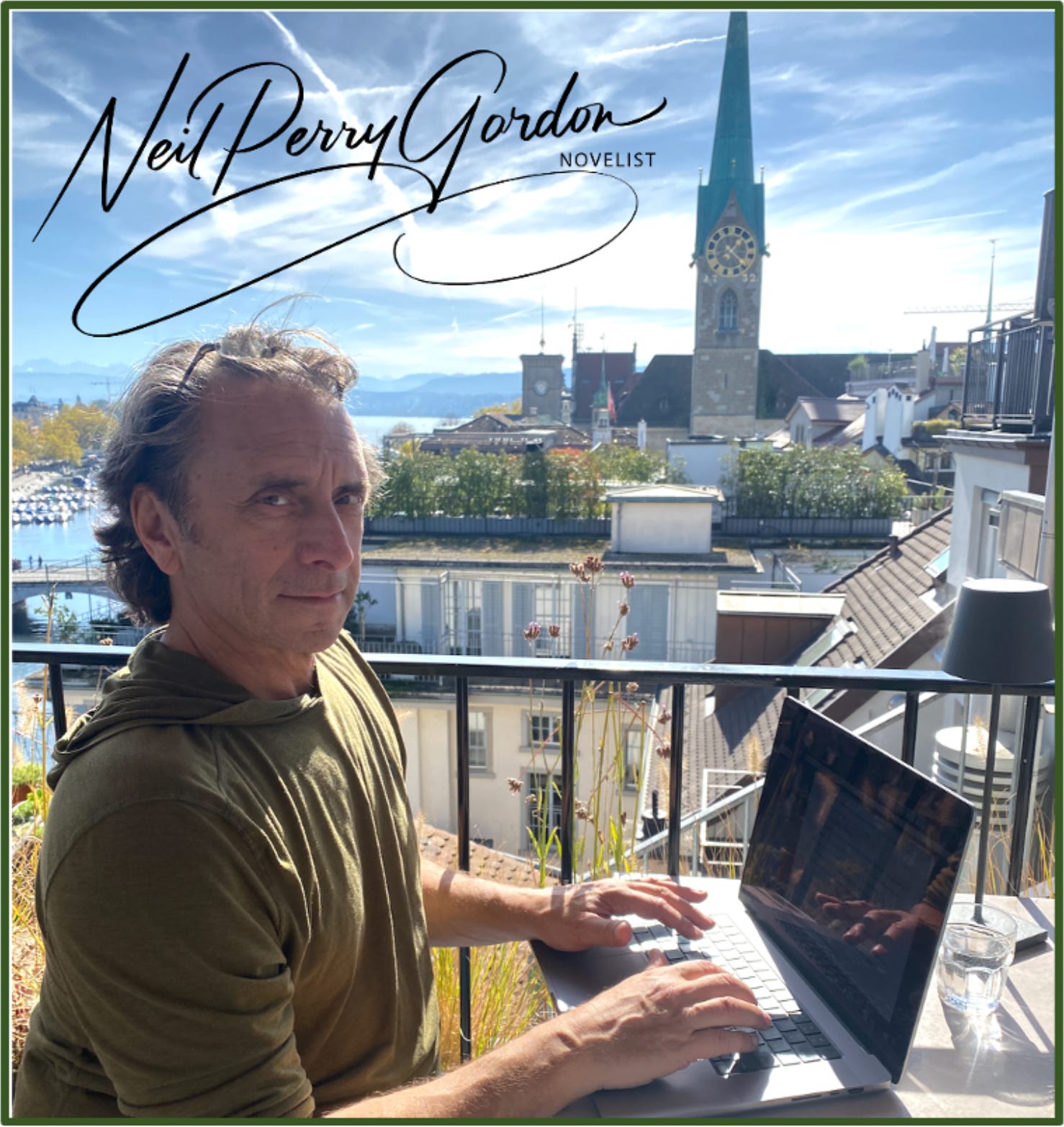

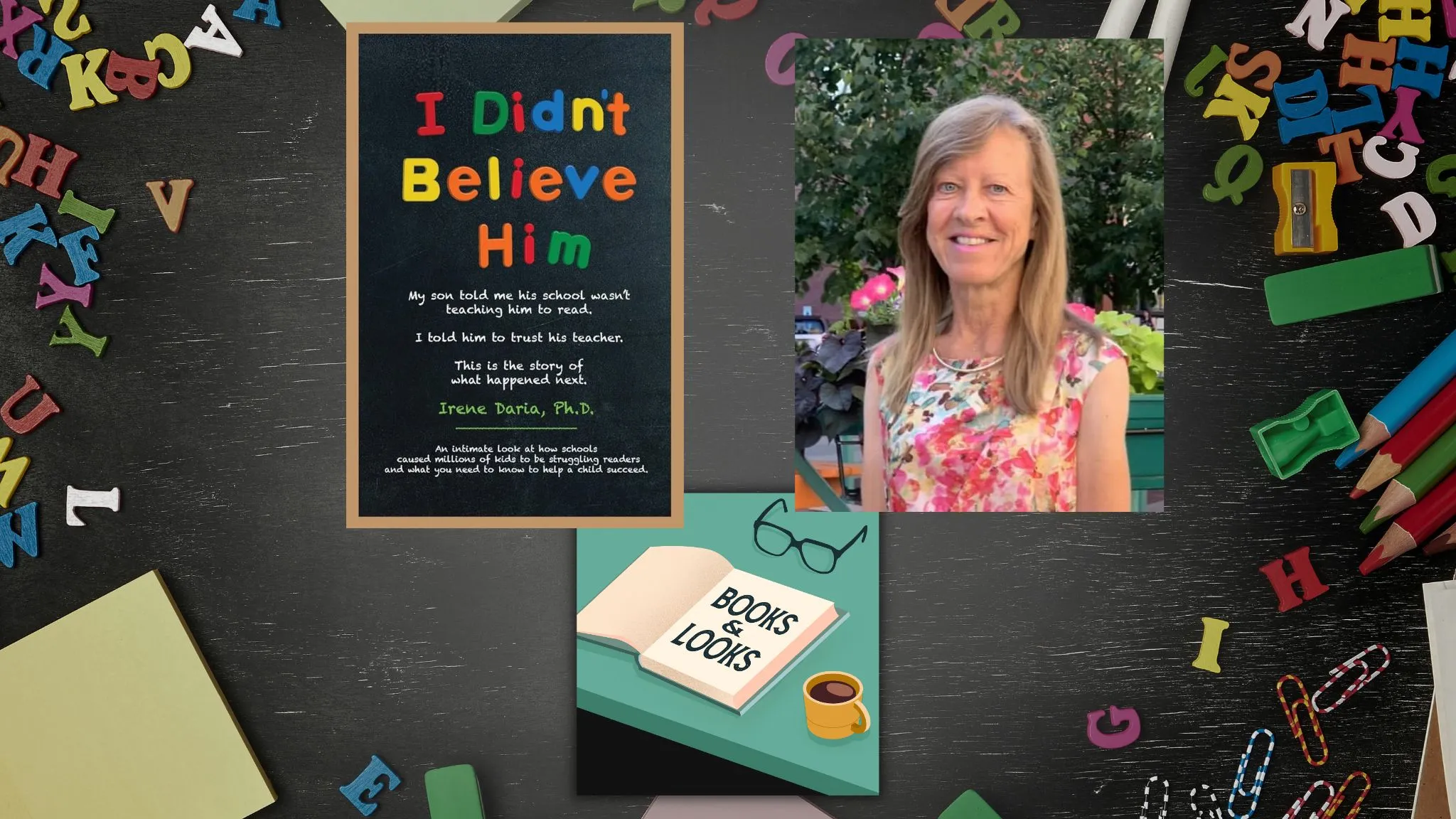






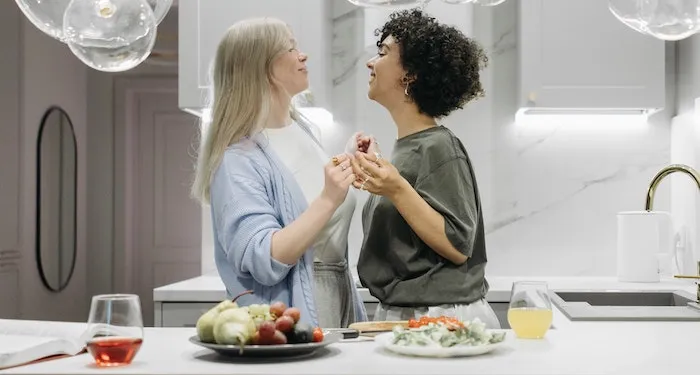

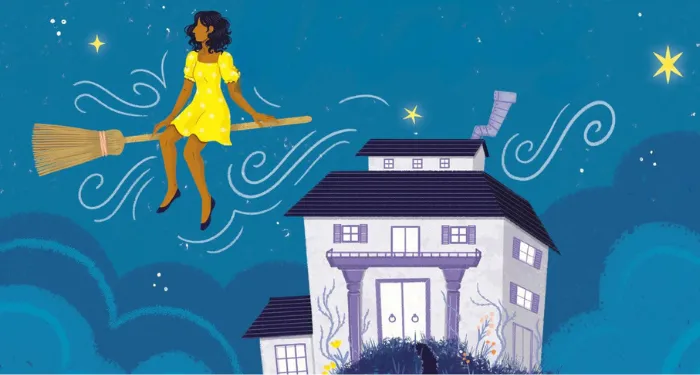


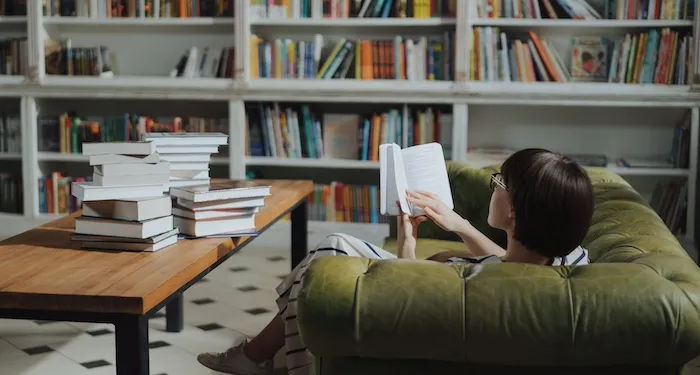
 English (US) ·
English (US) ·